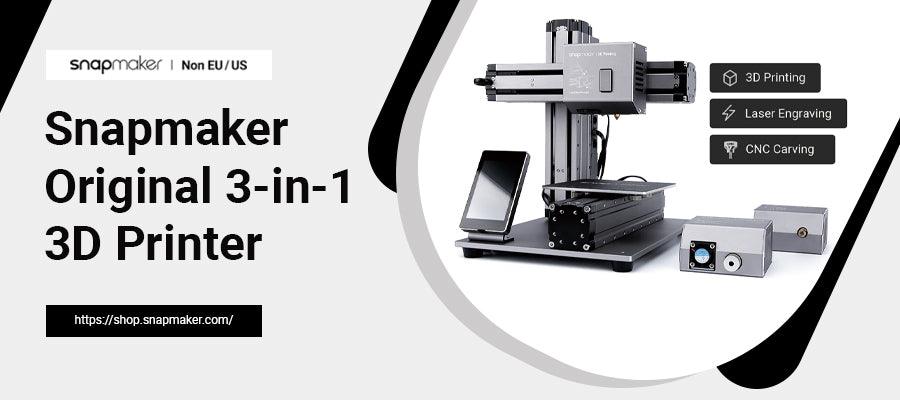3D printing technology has opened up many opportunities for creatives. This technology allows you to create just about anything your mind can conjure. This includes miniatures.
The demand for miniatures is growing. This is especially as more people get into gaming and anime. This offers an opportunity for business, especially with 3D printing. If you're looking to set up your own miniature printing business, read on for tips on how to get started.
- Invest in a 3D printer
If you're planning to start a 3D printing business, you'll need to invest in a 3D printer. The best 3D printer for miniatures isn't necessarily a resin printer. There are many budget FDM printers that use a wide range of materials and provide great results. You simply need to learn how to set up your printer to achieve the level of detail that you're looking to achieve in your miniatures.
You can save money, time, and space by investing in a printer that offers multiple functions. Snapmaker offers you the best laser printer all in one. This printer offers three functions, i.e., CNC carving, 3D printing, and laser engraving. You can easily switch between functions and achieve greater details with your miniatures using the laser engraving function.
- Get the right software
It is important to not only have the right software for 3D printing. The printing software will allow you to import files and create G-code for 3D printing. There are a wide variety of options available in the market. You'll need to find one that meets your needs.
Ensure that you choose software that is not only affordable but also easy to use. Avoid software that has a steep learning curve. This is software with an interface that is difficult to use. Go for software that is mostly intuitive.
Snapmaker Luban is free software developed by Snapmaker. It is popular not just for being free but also because of its simple and user-friendly interface. This software is easy to use for both professionals and beginners in 3D printing.
- Choose your materials
There are a wide variety of materials available for 3D printing. The material you choose will largely depend on the type of 3D printer you use. It is therefore important to have your material choices in mind too when choosing your printer.
Some of the most commonly used materials include PLA and ABS. These materials are both excellent for the 3D printing of miniatures. PLA is especially great when getting started with printing miniatures. You can easily correct mistakes and the learning curve in printing using PLA isn't as steep as if you chose to use ABS.
- Post printing processing tools
You will also need to invest in tools for processing the miniatures after printing. These include brushes, sandpaper, sprays, and much more. These tools are vital for achieving that polished look. Your choice of tools will depend on what you want to achieve.
With this minimal setup, you can get started with the 3D printing of miniatures.
